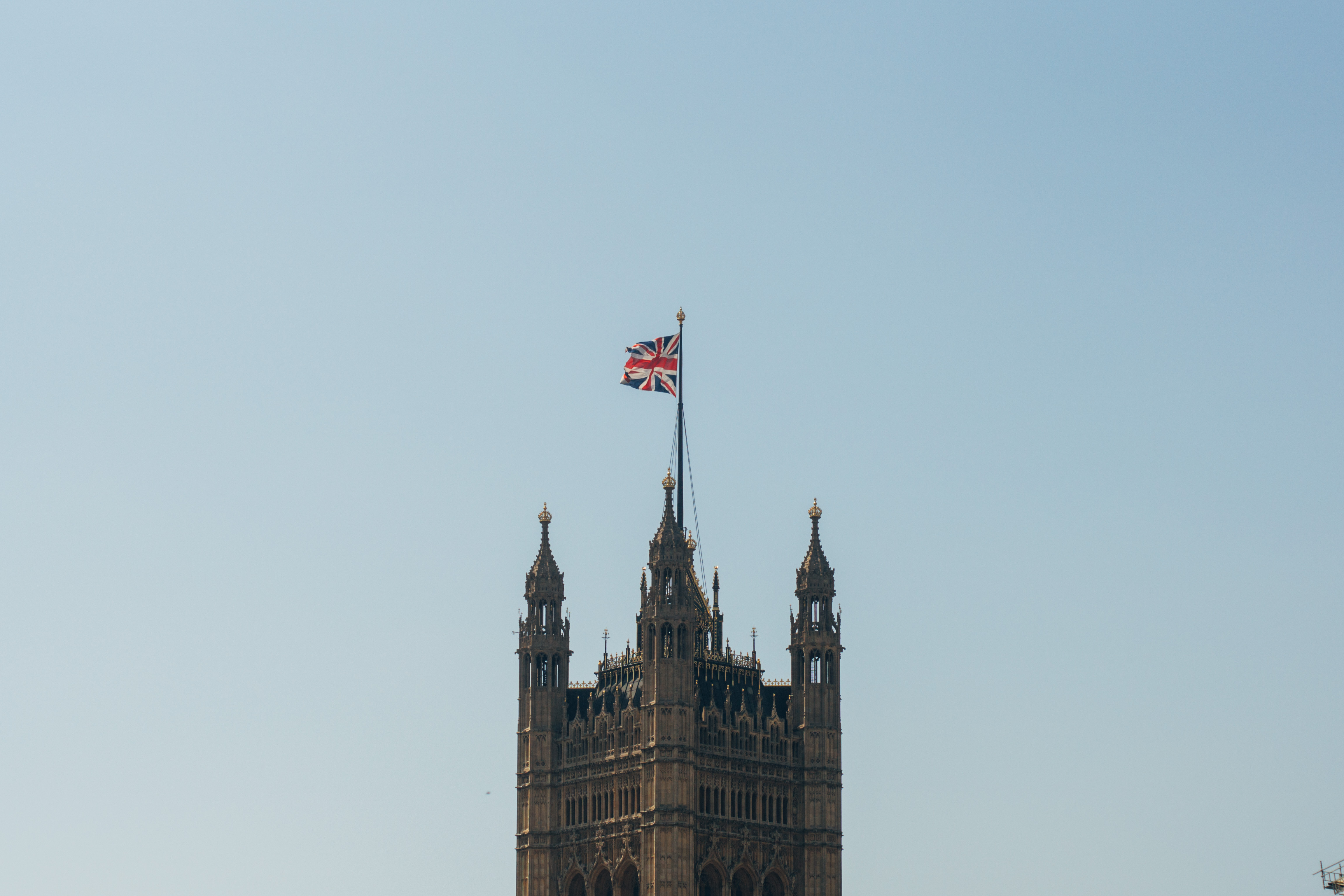A government without a majority in the legislature is exceptionally rare, right? Dr. Chris Hanretty myth busts this assumption as the UK heads towards one.
Following the general election earlier this month, it looks as though the UK will get a single party minority government formed by the Conservative party with external support from the Democratic Unionist Party.
I can’t be certain of this, because the details of the Conservative party’s arrangement with the DUP are not yet clear. Yet, mirabile dictu, the sky has not fallen, and the UK seems as though it will survive this brief interregnum.
Given this — and given the conviction that UK politics isn’t a special snowflake utterly distinct from all other parliamentary systems — I thought it might be helpful to review some basic figures about minority government taken from ParlGov.
These figures are based on 486 post-1992 cabinets from the thirty seven countries featured in the ParlGov database. A new cabinet forms where the prime minister forms, where the party composition of the cabinet forms, or where an election intervenes. The code used in the analysis can be found on GitHub.
-
Around one in every three governments (32.9%) is a minority government. The figure does not change very much whether or not one includes caretaker administrations (32.9% with, 30% without).
Single party minority governments are the most common type of minority government. Just under two in five minority governments (37%) are single party minority governments. Two-party minority governments are almost as common (31%). Minority coalitions with three or more parties make up the rest
The average minority cabinet lasts one year and five months, compared to two years for the average majority cabinet. Minority cabinets are not strange, evanescent creatures. They last 70% as long as majority cabinets.
Just three out of 160 minority cabinets lasted longer than four years, compared to a larger proportion of majority cabinets (30 out of 326). Note thought that these averages include a number of cabinets formed midway through a parliamentary spell.
My own view (which may or may not be more prescient than my election forecasts) is that this current cabinet (with Theresa May as Prime Minister) will struggle on until the end of the Article 50 negotiations, at which point the Conservative party will decide that the Prime Minister has outlived her usefulness.
Dr Chris Hanretty is a reader at the School of Politics in the University of East Anglia, England
This article was originally published on Medium.
Read the original article.





